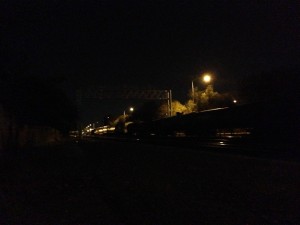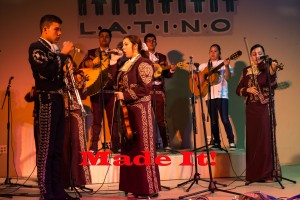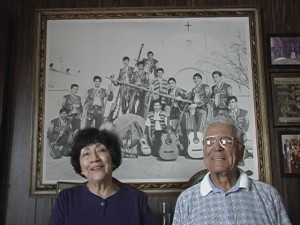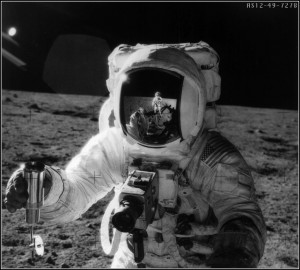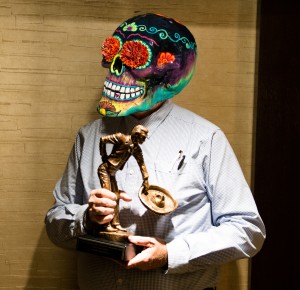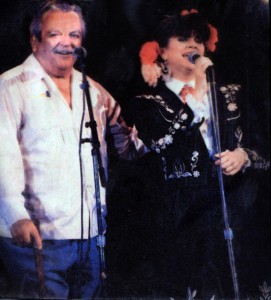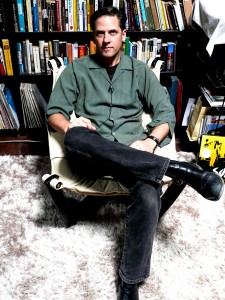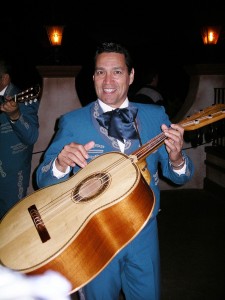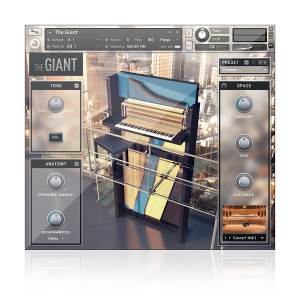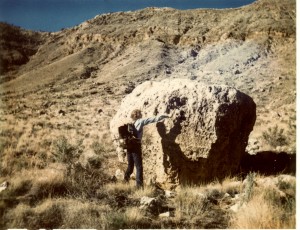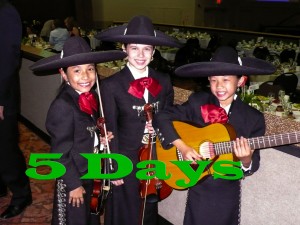 When you do a film like this one on how Tucson has been transformed by mariachis and folklorico dancers, things pop up along the way that you never would have expected.
When you do a film like this one on how Tucson has been transformed by mariachis and folklorico dancers, things pop up along the way that you never would have expected.
People you had not heard of, who actually had key roles in the birth of the music and dance, materialize. And unexpected stories, better than anything you could make up, arrive because someone heard about what you’re doing.
Doing a Kickstarter campaign to raise funds for the film project does more than just provide seed money. It spreads word of the project, and gets news of it into the hands of people who have something to contribute to the story.
As the Kickstarter campaign winds down (it ends this Friday at 6 p.m. PDT/MST), I have been going through old photos I’ve shot of young mariachis over the years, some of whom are now in high school or beyond, to promote the project.
A photo I used to illustrate that we’re down to five days in the countdown featured a trio of young girls who, back a few years ago, were part of Mariachi Aguilitas de Davis Elementary School. The father of the girl on the left in the photo dropped me the following note.
”
June 16, 2013
Hi Mr. Buckley,
In your most recent photograph, “5 Days” (June 16, 2013), there are three little girls featured (they are now young women – all attending high school). The young woman on the left is my daughter, Nizhoni Camille Begay – currently residing in San Antonio, Texas – another hot spot for Mariachi music, tradition, and culture.
Nizhoni is half Navajo (Diné), one-quarter Mexican and one-quarter Peruvian. Nizhoni’s mother, Felicia, is originally from Tucson…and her maternal grandparents continue to reside there. I am 4/4 Navajo (her Dad) from Sawmill, Arizona (a community north of Ft. Defiance, and south of Canyon DeChelly, on the Navajo Nation). Her name translates as “beautiful”, in the Navajo language. To our knowledge, Nizhoni is the only Navajo (and perhaps the only Native American) performing Mariachi music in the United States.
Nizhoni got her start in Mariachi music with the legendary Mariachi los Aguilitas de Davis at the Davis Bilingual Magnet School in Tucson, under the guidance and mentorship of maestros, Alfredo Valenzuela and his son Jaime Valenzuela. In 2007, Nizhoni moved to San Antonio with her mother, and remained connected to mariachi music. More recently, she has expanded her musical repertoire to include Conjunto music, learning to play the diatonic accordion (buttons not keys).
In 2010, Nizhoni won 1st Place honors in the Middle School Category Vocal Competition category at the prestigious Mariachi Vargas Extravaganza (MVE). The following link is to a YouTube video of the performance: http://www.youtube.com/watch?v=9bppkG_s3Lw . The Navajo Times (the newspaper of the Navajo Nation) covered Nizhoni’s first place finish:
http://www.navajotimes.com/entertainment/people/2010/1210/121810mariachi.php .
Again, in 2012, Nizhoni won 1st Place honors, this time in the High School Vocal Competition category at the MVE (rarely do Freshman students win 1st Place at this event). The following link lists all Mariachi Vargas Extravaganza competition winners: http://www.mariachimusic.com/index.php?option=com_content&view=category&layout=blog&id=21&Itemid=116 . The following link is to a YouTube video of her performance: http://www.youtube.com/watch?v=LgC34557TZE . The Navajo Times, again, highlighted Nizhoni’s 2012 First Place finish with the following article:
http://www.navajotimes.com/entertainment/2013/0113/010313niz.php .
This upcoming school year, Nizhoni will be a sophomore student at Incarnate Word High School in San Antonio. She is also a member of an all-star high school Mariachi group representing the City of San Antonio, Mariachi Corazon de San Antonio, http://www.mainplazaconservancy.org/254322.html . Nizhoni earned a place with “Corazon” through a competitive process that included a performance. This group takes pride in representing the city, and plans are in the making to perform at various venues across the country. In addition, University scholarship opportunities are associated with this honor. Nizhoni is also a member of the Madrigals, an elite choir of the Incarnate Word High School. I was invited to attend a rehearsal…I’ve seen high school football practices with less intensity. These young women are driven to excel, and they go about rehearsals with the energy and intensity of an athletic team.
Tucson has produced some legendary musicians…and continues to be a place for up-and-coming Mariachi talent to blossom. Qualities necessary to succeed in music, spill over into other areas of life, as I have witnessed with my daughter and her academic success. I am very proud of Nizhoni…and very grateful for the opportunities created by a community here in Tucson that has, for so many years, focused on the importance of the Mariachi culture…as expressed in the quality of music associated with the Mariachi school programs in the city.
Do not hesitate to contact me at 520/975-6479, or tommyb@u.arizona.edu, should you like more information, or have any questions. I will also be thinking of ways to assist you with getting additional funds to finish your project – an important story that needs to be told.
Sincerely,
– Tommy K. Begay”
-
Somehow we will find a way to include her story in this film as well as it shows both how Tucson’s youth mariachi programs have been a launch pad for young musical talent, AND the diversity these programs cultivate. We see young Asians, Anglos, African Americans and others among the ranks of our mariachi groups and they too are helping to transform our communities, not just in Tucson but beyond.
I am grateful to Mr. Begay and to all of the folks who have helped me see the picture from a broader perspective. Ultimately their valuable input will make for a much stronger story, and a stronger resulting film.
Posted in Cine Plaza progress, Daniel Buckley Arts, Daniel Buckley Documentaries, Mariachi blog, Mariachi documentary, Uncategorized
Tags: Arizona, conjunto, Daniel Buckley, folklorico, mariachi, Mexican, Mexico, Navajo, Nizhoni Camille Begay, Peruvian, Tucson
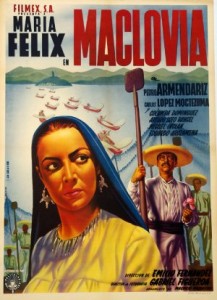 Next Cine Plaza at the Fox screening brings classic Mexican film Maclovia
Next Cine Plaza at the Fox screening brings classic Mexican film Maclovia
